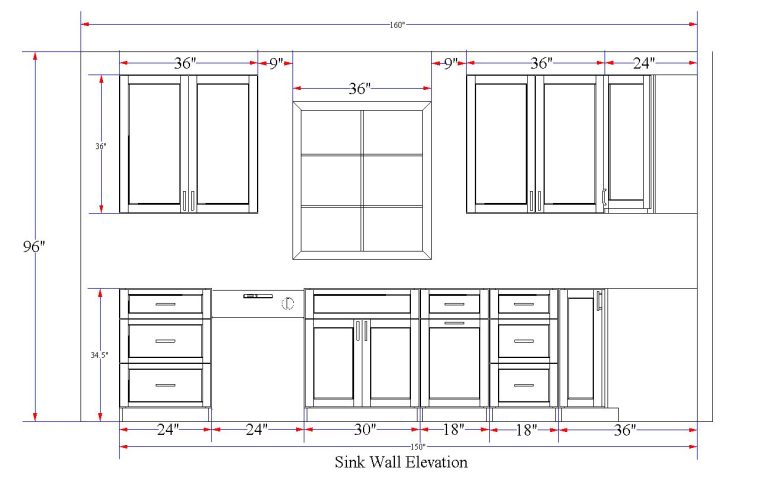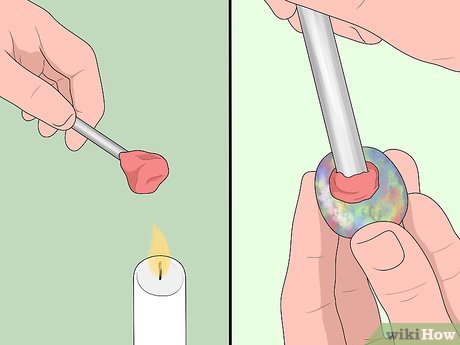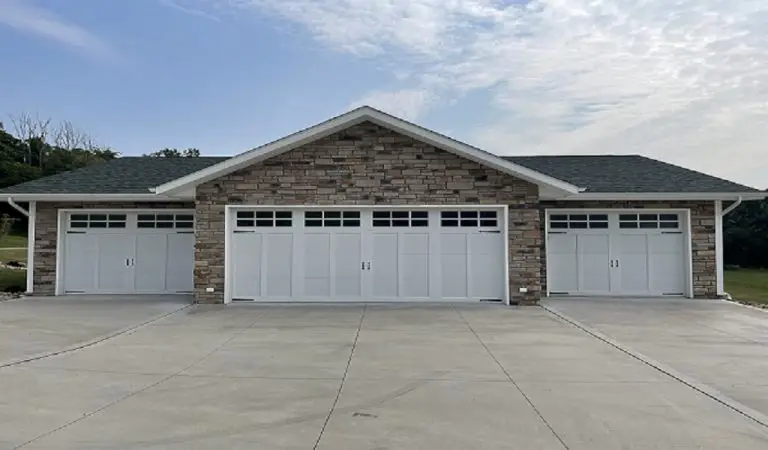Table Saw Tips And Tricks
Table saws are a powerful, versatile tool that can be used to make a variety of cuts. With the right technique, the table saw can be used to cut everything from thin strips of wood to complex shapes like joints and splines. With that said, the table saw can be a dangerous tool if used incorrectly. To ensure safe and efficient use, it is important to become familiar with the various tips and tricks for table saws. This guide will provide you with some of the top table saw tips and tricks to help you make the most out of your table saw.

Setting Up and Adjusting Your Table Saw
Table saws are a staple in any woodworker’s workshop. With the right setup and adjustments, it can be the most accurate and efficient tool in the shop. Setting up and adjusting the table saw is the key to ensuring you get consistent, accurate cuts. To start, make sure the saw is level and centered on the work surface. Make sure the blade is parallel with the miter slots and the fence is parallel to the blade. Once the saw is level and aligned, adjust the blade guard, splitter, and anti-kickback pawls to keep the workpiece securely in place. Finally, adjust the bevel and blade height to the desired cutting depth.
By following these steps, you’ll ensure your saw is set up correctly and cut accurately. With the right setup and adjustments, you’ll be able to make accurate and precise cuts every time. Adjusting your table saw is a tedious task, but it’s well worth it in the long run. Taking the time to set it up correctly will save you time and effort down the line and allow you to create better projects.
Cuts and Techniques for Accurate Results
Table saws are invaluable tools for the woodworker, but they can be intimidating to use. It’s important to understand the different cuts and techniques for getting the most accurate results.
Ripping cuts are used to cut boards along their length, and the saw blade should be set to the full width of the material. Crosscuts are used to cut boards to length, and the blade should be set at a 90-degree angle to the workpiece. A miter cut is a crosscut at an angle, and the blade should be set at the desired angle.
To make the most precise cuts, it’s important to use a reliable fence and a sharp blade. The fence should be parallel to the blade and should be set to the desired width of the cut. A sharp blade should be used to reduce tear-out and splintering, and the blade should be kept clean and lubricated.
When cutting, be sure to push the material slowly and steadily, and never force the blade. It’s also important to keep your hands away from the blade and to unplug the saw when it’s not in use.
Using the right cuts and techniques with a table saw can help you get the most accurate results. With a bit of practice, you’ll be able to confidently make precision cuts on your woodworking projects.
Maintenance and Troubleshooting Tips
When it comes to table saws, regular maintenance, and troubleshooting are essential for a smooth operation. Whether you’re a professional carpenter or an enthusiastic DIY-er, keeping your saw in top condition will ensure that it delivers great results time and time again. To help you get the most out of your saw, we’ve compiled this list of maintenance and troubleshooting tips.
First, make sure to keep your saw clean and free of dust. Over time, sawdust and other debris can build up on the body and blade, making it harder for the saw to operate. Regular cleaning will help improve performance and minimize wear and tear on the saw’s components.
Second, always check the blade for signs of wear or damage. A damaged blade can cause dangerous kickback or poor cuts, so be sure to replace the blade if necessary.
Third, make sure to lubricate the saw’s parts regularly. This will help keep everything running smoothly and extend the life of the saw.
Finally, if you experience any issues with your saw, make sure to troubleshoot the problem before attempting any repairs. If the problem persists, you may need to consult a professional for assistance.
By following these maintenance and troubleshooting tips, you can ensure that your table saw is always in tip-top shape and ready to tackle any job.
Essential Table Saw Accessories
Table saws are a staple of any woodworking or DIY enthusiast’s toolkit. But just having the saw itself is not enough to get the job done. To really maximize your table saw’s potential, you’ll need to pick up some essential accessories. From push sticks to miter gauges, there are a variety of products that can help you make the most of your table saw.
Push sticks are a must-have accessory for any table saw. They are used to push the wood through the saw, reducing the risk of kickback and helping to keep your hands a safe distance from the blade. Miter gauges are also important for making accurate cuts as they allow you to set the angle of the cut accurately and consistently.
Fences are another essential accessory for your table saw. They help to keep your workpiece steady and secure, as well as provide an accurate reference point for making precision cuts. There are also a variety of jigs available for specific tasks such as rabbeting, dadoing, and tenoning.
Finally, you may want to consider investing in a blade guard. This will help to protect you from any flying debris, as well as protect your blade from damage.
As you can see, there are a variety of essential accessories that can help you make the most of your table saw. From push sticks to miter gauges, these accessories will help you to make precise, accurate cuts with ease.
Using a Table Saw for Specialty Projects
Table saws are incredibly versatile tools that can be used for a variety of tasks, but they can also be used to create specialty projects. To make the most out of your table saw, it is important to understand the various techniques that can be used to create unique projects. Whether you are trying to create a custom table or a complex miter joint, knowing the right techniques and tools is essential.
Start by familiarizing yourself with the different types of blades and attachments you can use with your table saw. A rip blade is typically used for cutting wood along the grain, while a crosscut blade is used for cutting wood across the grain. Additionally, you can use specialty blades for cutting other materials such as aluminum, plywood, and even concrete. Furthermore, you can use a dado blade for cutting dadoes or grooves in wood.
It is also important to understand how the table saw’s depth of cut and bevel angle can be adjusted to accurately cut the necessary angles. This allows you to easily create unique shapes and angles for your specialty projects. Additionally, you can use a miter gauge or a sliding miter saw to create miter joints.
By familiarizing yourself with the different tools and techniques, you can easily create specialty projects with your table saw. With a bit of practice and patience, you can easily create one-of-a-kind projects that would be impossible to create with any other tool.
Table Saw Tips for Advanced Users
Table saws are a great tool for advanced woodworking projects. From intricate cuts to precision cuts, a table saw can do it all. However, it takes more than just a few cuts to get the job done right. Advanced users must learn tips and tricks to get the most out of their table saws. Here are a few tips for experienced table saw users:
- Always use the right blade for the job. Different blades are designed for different types of cuts, so make sure to read the instructions and use the correct blade for the job.
- Use a fence if possible. Fences are great for ensuring straight cuts and can help prevent kickbacks.
- Practice makes perfect. Take your time and practice on scrap pieces of wood before cutting the final piece.
- Make sure your saw is properly aligned. A properly aligned saw will make precise cuts and help to reduce the risk of kickbacks and other accidents.
- Invest in quality blades. Quality blades will last longer and provide better cuts than cheaper blades.
By following these tips, experienced table saw users can get the most out of their table saws and create beautiful projects. With a bit of practice and the right tools, woodworkers of any skill level can create projects with confidence and precision.
FAQs About the Table Saw Tips And Tricks
1. What safety precautions should I take when using a table saw?
Answer: Always wear safety glasses or goggles, ear protection, and a dust mask when operating a table saw. Make sure the saw is properly adjusted and secured to the workbench. Ensure the blade is sharp and the right blade for the material being cut.
2. How do I make sure I am making accurate cuts with a table saw?
Answer: To ensure accurate cuts, always use a rip fence to guide the material being cut. Make sure the rip fence is parallel to the blade and secured firmly to the table. Use a miter gauge for angled cuts and make sure the blade is aligned to the miter gauge.
3. What is the best way to maintain a table saw?
Answer: Regularly inspect the saw blade for damage and sharpness, and adjust the blade depth as necessary. Clean the saw blade after each use to remove any sawdust or debris. Make sure all parts are tightened and lubricated to prevent rust or wear.
Conclusion
Table saws are an incredibly powerful and useful tool for a variety of woodworking projects. Learning the tips and tricks of how to use a table saw can help make the job easier and more efficient. Knowing the basics of blade selection, proper alignment and maintenance, and using the right safety equipment can help ensure the job is done right and safely. With proper practice and knowledge, any woodworker can become an expert table saw user.






